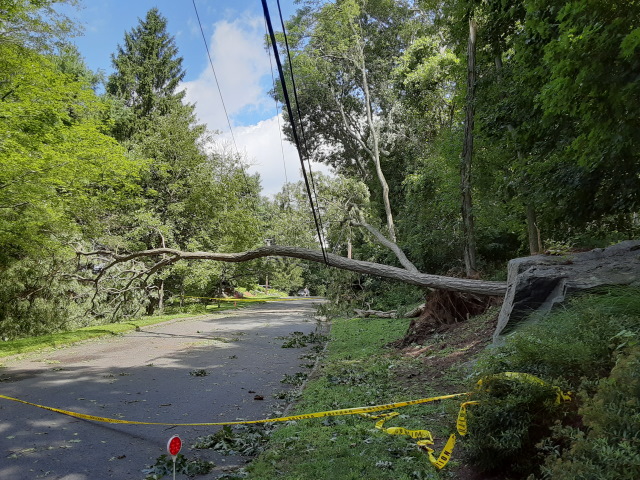 Lance is a
middle-aged man stuck in a loveless marriage and a life with no meaning. His sedentary existence has packed
on the weight, both physical and mental, and he envies his successful and fit neighbor who may be banging
his alcoholic wife on the sly. The Grim Reaper shows up to recruit Lance into brainstorming new ways for
people to die.
Lance is a
middle-aged man stuck in a loveless marriage and a life with no meaning. His sedentary existence has packed
on the weight, both physical and mental, and he envies his successful and fit neighbor who may be banging
his alcoholic wife on the sly. The Grim Reaper shows up to recruit Lance into brainstorming new ways for
people to die.
Kirk Jones tells the story in second person, thus forcing you to take on the role of Lance. In chapter one, Jones dumps you into Lance's life. Jones systematically tears down Lance's pitiful attempts to find meaning in a world of soulless consumerism. Lance knows that his life is pathetic, but he lacks the self-esteem—or even friends—to find a way out of it, so he trudges on, looking for something, anything, to jolt some life back into him.
Fortunately for the reader, the Grim Reaper shows up in chapter two to give Lance a way to escape what author Danger Slater perfectly describes as "suburban ennui." Seeing this as an opportunity to escape his misery, Lance accepts.
The pace picked up, and it seemed like the story was headed in a direction I was hoping it would go, but then it veered off into a different direction. While Jones does a fine job with second person storytelling, I could never connect with Lance. Jones would write that you (Lance) would do something and my reaction was always, "I wouldn't do that." All I could do was shake my head and hope that Jones would have the Grim Reaper show up because those were the best parts.
3 stars.
\_/
DED
 The GrayCris Corporation thinks that Dr. Mensah ordered Murderbot to investigate their shenanigans at the terraforming facility in Rogue Protocol, so they take her hostage and hold her for ransom. This is unacceptable to Murderbot.
The GrayCris Corporation thinks that Dr. Mensah ordered Murderbot to investigate their shenanigans at the terraforming facility in Rogue Protocol, so they take her hostage and hold her for ransom. This is unacceptable to Murderbot.
 Adams has crafted a thoroughly researched tome that explores the history of absinthe use in society with emphasis on its peak use in the late nineteenth century. While it runs from ancient Egypt's medicinal uses up to today's connoisseurs on the web, the focus of the book is on its peak usage period from mid-19th century Europe to its eventual banning in the early 20th century.
Adams has crafted a thoroughly researched tome that explores the history of absinthe use in society with emphasis on its peak use in the late nineteenth century. While it runs from ancient Egypt's medicinal uses up to today's connoisseurs on the web, the focus of the book is on its peak usage period from mid-19th century Europe to its eventual banning in the early 20th century.
 When my son was little, he developed a curiosity about bugs. He'd ask me what a particular one was, but most of the time I didn't know. We'd then try to look them up on the internet (
When my son was little, he developed a curiosity about bugs. He'd ask me what a particular one was, but most of the time I didn't know. We'd then try to look them up on the internet (


